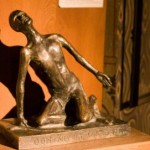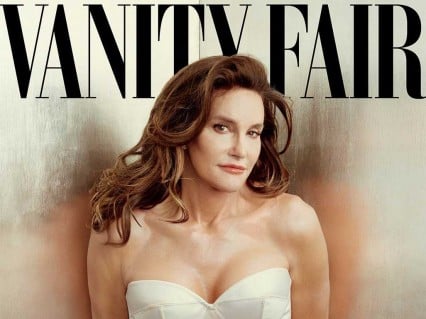 . . . . I am the true vine, and my Father is the Vinegrower. He removes every branch in me that bears no fruit. Every branch that bears fruit he prunes to make it bear more fruit. . . . Those who abide in me and I in them bear much fruit . . . . (John 15)
. . . . I am the true vine, and my Father is the Vinegrower. He removes every branch in me that bears no fruit. Every branch that bears fruit he prunes to make it bear more fruit. . . . Those who abide in me and I in them bear much fruit . . . . (John 15)
What shall we make of Bruce Jenner?
He has produced six children, the fruitfulness Christians cherish most, for which there is a public blessing at the altar.
He has won an Olympic gold medal, and the Fellowship of Christian Athletes plus a myriad of churches would hold him up as a paragon of fruitfulness in this, another fruitfulness of the body. Every branch of Christianity would find a way to celebrate this glory with him, if he sought that.
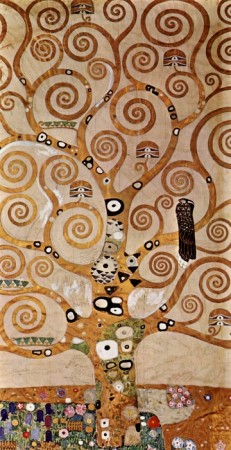 He has become a national marketing icon, for Wheaties and a myriad of other products, and with the Kardashians. Though most churches protest excessive consumption, none would reject Jenner’s devotion to our economy, an economy based on the value of abundance and founded in consumerism, both of which are forms of fruitfulness.
He has become a national marketing icon, for Wheaties and a myriad of other products, and with the Kardashians. Though most churches protest excessive consumption, none would reject Jenner’s devotion to our economy, an economy based on the value of abundance and founded in consumerism, both of which are forms of fruitfulness.
But now Jenner is completing gender reassignment, deciding to live the rest of his life as a woman, an identity struggle and a medical process he has been engaged in for decades. In talking about this, Bruce Jenner says that he is at last bent on doing some good in this world.
It is a given that a variety of Christian churches will speak out against him for this. The reasons that will be offered for condemning Jenner will include one that has been scientifically debunked: that people are born male or female by God’s design and must accept God’s will in that. Medical science now knows that gender identity consists of a number of factors, and is not solely defined by genitalia or by hormones. The spectrum of gender identity traits is a long arc, so elaborately combined as to make each of us unique in our self-understanding, our identity, from which we reach out to God. The Church has been slow, much too slow, in accepting this truth, in accepting that there is not one male and one female human model from which we are all stamped, nor can there be only one right sexual lifestyle in which we can relate to one another, ourselves, and God.
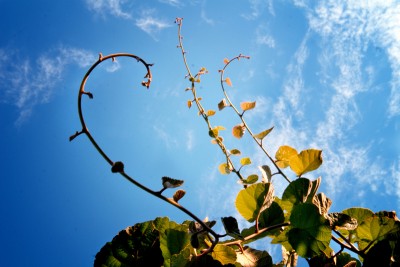 Still, gender reassignment does not include fertility. Jenner will not be able to bear a child. Clearly he does not need to produce more children. But some will argue that this infertility is proof of sin, and that gender-crossing should be forbidden.
Still, gender reassignment does not include fertility. Jenner will not be able to bear a child. Clearly he does not need to produce more children. But some will argue that this infertility is proof of sin, and that gender-crossing should be forbidden.
Speaking to a rabbinic scholar, Diane Sawyer, doing research for her interview with Jenner, brought up two verses in Deuteronomy which forbid men to dress in women’s clothing – something Jenner says he has done since he was ten. The scholar pointed out that the existence of the rule proves that men in that time were, in fact, cross-dressing. The men who wrote the rule were disapproving of a gender experience that was not their own.
Most Christians know that the Bible was written by human beings who were inspired by God but whose words were shaped by the prejudices and history of their times. So, who gets to say who is the fruitless branch that deserves to be pruned?
![]() Jesus’ images, of God as Vinegrower, of Jesus as the True Vine, of us as his branches, are symbolic. They are also poetic. As such, they are threads that connect us to life far beyond our discerning, both human and divine. They orient us in the disorienting chaos of possibilities, in the multiplying rivulets of evolution. They do not forbid us to try new experiences. Instead these images invite us to explore a reality far greater than the limits of life as we have known it.
Jesus’ images, of God as Vinegrower, of Jesus as the True Vine, of us as his branches, are symbolic. They are also poetic. As such, they are threads that connect us to life far beyond our discerning, both human and divine. They orient us in the disorienting chaos of possibilities, in the multiplying rivulets of evolution. They do not forbid us to try new experiences. Instead these images invite us to explore a reality far greater than the limits of life as we have known it.
Our obsession with taking Jesus’ words literally has led us to false assumptions. Such as the assumption that Jesus was talking about child-bearing when he spoke of fruitful branches. Since neither he nor his disciples left heirs or spoke of the next generation as offspring, and since Jesus spoke instead of his brothers and sisters as a non-biological family who loved God as he did, the fertility of the body should not be a criterion for faithful living for anyone.
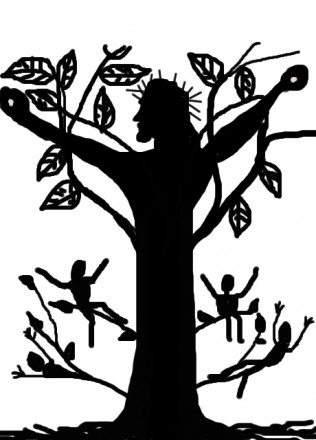 And in his own living Jesus went out of his way to embrace those considered sexually shameful, prostitutes and adulterers, and since he spoke of his work as that of the shepherd returning lost sheep to the flock, it does seem that Bruce Jenner has caught sight of a religious truth when he claims that now, in this self-revealing, he is doing a work of goodness.
And in his own living Jesus went out of his way to embrace those considered sexually shameful, prostitutes and adulterers, and since he spoke of his work as that of the shepherd returning lost sheep to the flock, it does seem that Bruce Jenner has caught sight of a religious truth when he claims that now, in this self-revealing, he is doing a work of goodness.
Our culture, in its embrace of healing work, which is a primary work of Jesus, has come up with so many ways to address the shame people about their bodies. No one needs to live with a mouthful of crooked teeth anymore, and in fact, braces have become a routine part of middle school life. Nose jobs, lip jobs, breast augmentation, excess hair removal, skin dermabrasion for acne, and Botox for wrinkles have become part of American life. As have sperm donation and egg banks, in vitro fertilization and surrogacy.
Jesus used the image of God as Vinegrower and himself as the true vine as spiritual language. John, in his gospel, offers an array of images used by Jesus to orient us to the spirit vision of Easter. Risen is brokenness, shared; Risen is bread, broken and shared; Risen is the lost sheep, found; Risen is fruitfulness, which is abiding in Christ.
May we abide in newness of life, loving one another, as Christ has loved us.
__________________________________________________________
Illustrations:
1. Vanity Fair Cover, Caitlin Jenner. Google Images.
2. Tree of Life from the Stocklet Frieze, 1905-11. Gustav Klimt. Brussels, Belgium.
Vanderbilt Divinity School Library, Art in the Christian Tradition.
3. True Vine. Photo of Kiwi Vine, New Zealand. 2004. Vanderbilt Divinity School Library, Art in the Christian Tradition.
4. The True Vine Icon, Orthodox. 16th c. Byzantine Christian Museum, Athens. Vanderbilt Divinity School Library, Art in the Christian Tradition.
5. Jesus the True Vine. Google Images.




